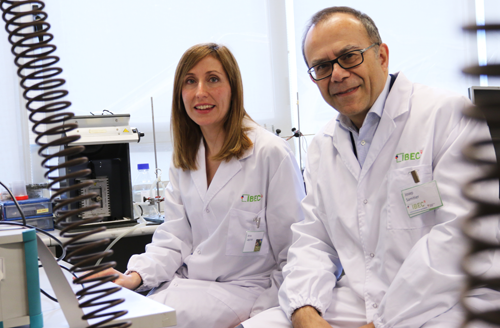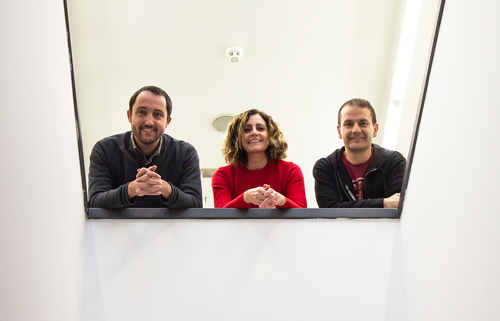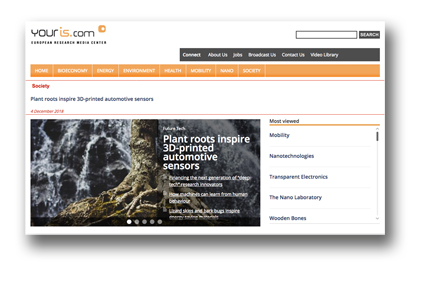Proteins can transfer electrons at a distance
 Collaborating IBEC groups have published a study in Nature Communications that reveals that electron transfer can take place while a protein is approaching its partner site, and not only when the proteins are engaged, as was previously thought.
Collaborating IBEC groups have published a study in Nature Communications that reveals that electron transfer can take place while a protein is approaching its partner site, and not only when the proteins are engaged, as was previously thought.
The results open up a new way of thinking about how proteins interact, and can have implications in a better understanding of many processes – such as photosynthesis, respiration and detoxification – in which electron transfer plays an important role.
The relocation of an electron from one chemical entity to another – electron transfer (ET) – doesn’t happen passively: electrons are carried individually by redox proteins.


 Collaborating IBEC groups have published a study in Nature Communications that reveals that electron transfer can take place while a protein is approaching its partner site, and not only when the proteins are engaged, as was previously thought.
Collaborating IBEC groups have published a study in Nature Communications that reveals that electron transfer can take place while a protein is approaching its partner site, and not only when the proteins are engaged, as was previously thought. 
 The biotechnology company Iproteos, IBEC and the Vall d’Hebron Research Institute (VHIR) are set to develop an innovative treatment to slow down, stop and even reverse the growth of solid tumors, which represent more than 90% of cancer cases.
The biotechnology company Iproteos, IBEC and the Vall d’Hebron Research Institute (VHIR) are set to develop an innovative treatment to slow down, stop and even reverse the growth of solid tumors, which represent more than 90% of cancer cases.

